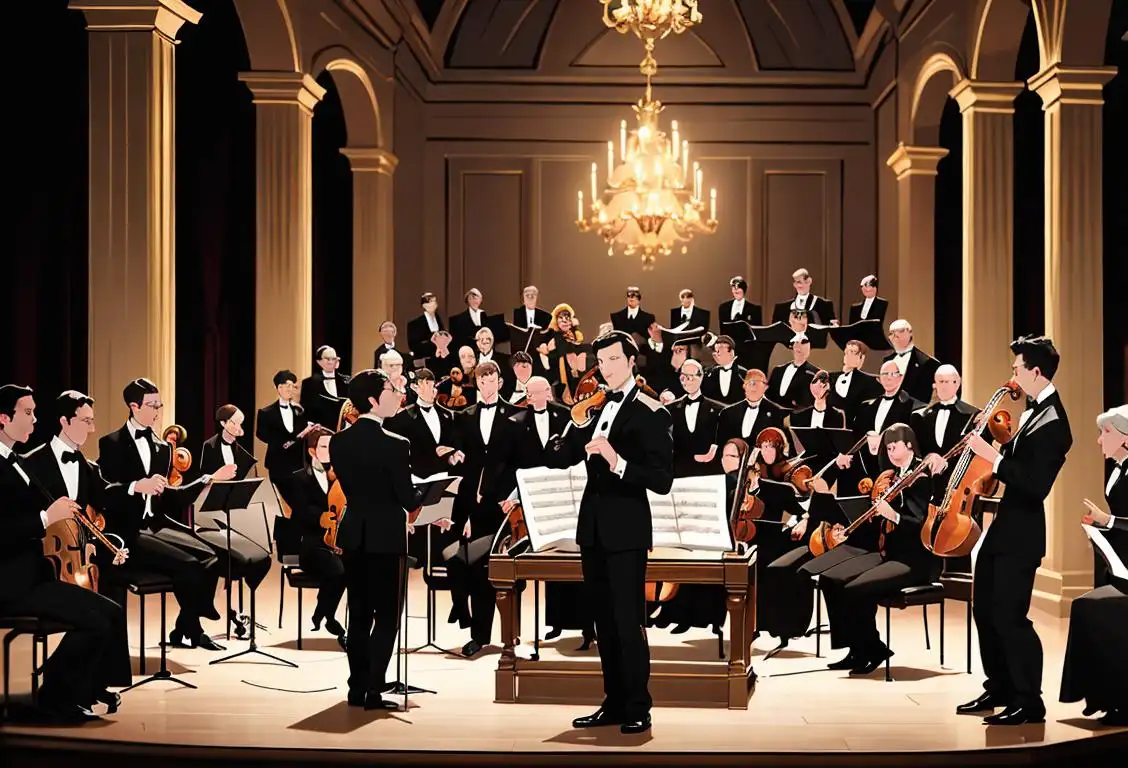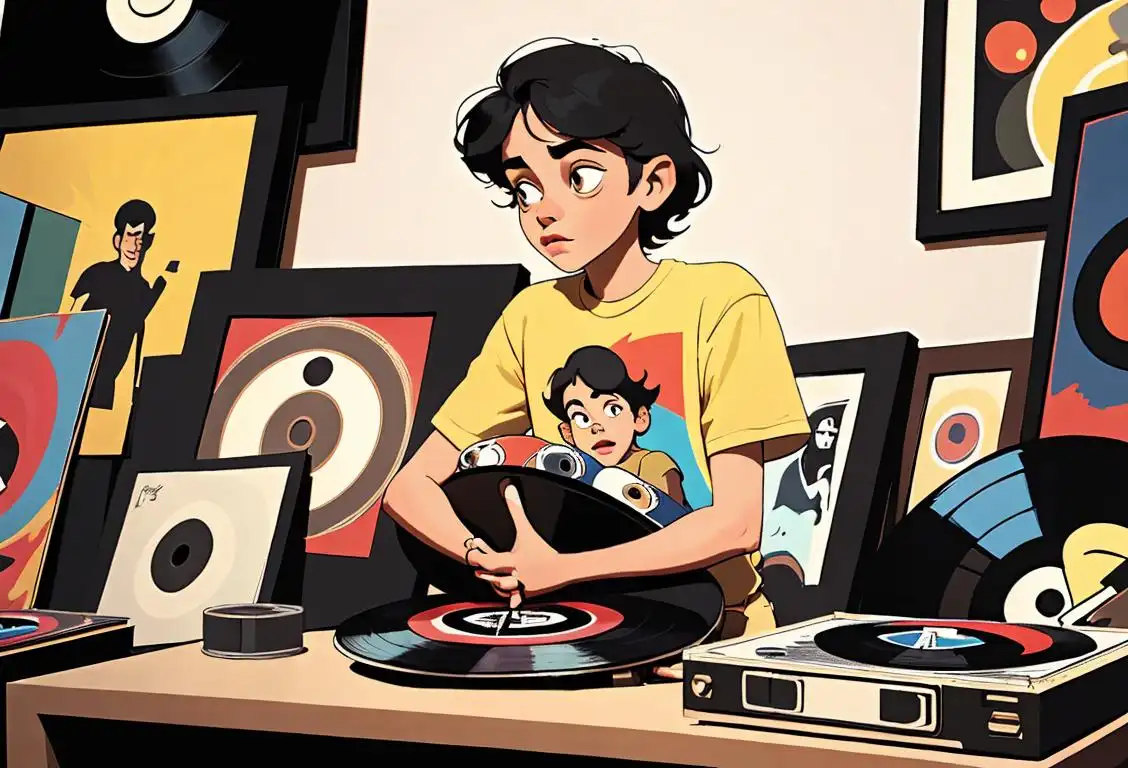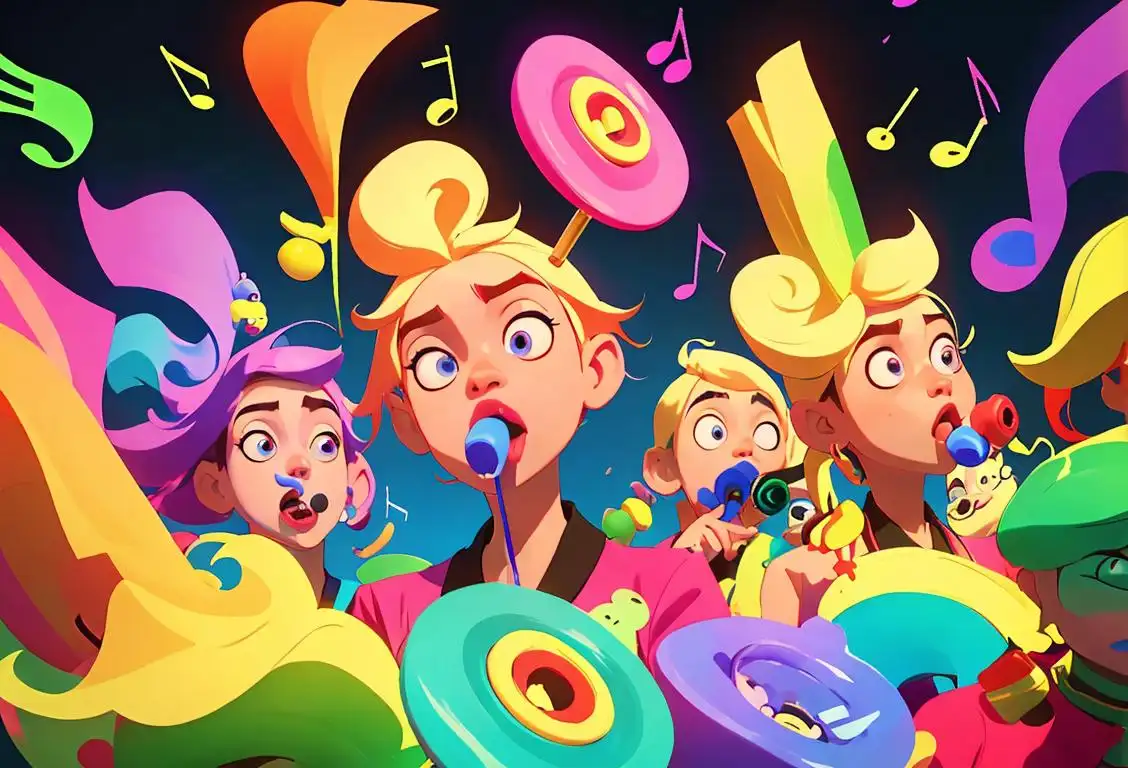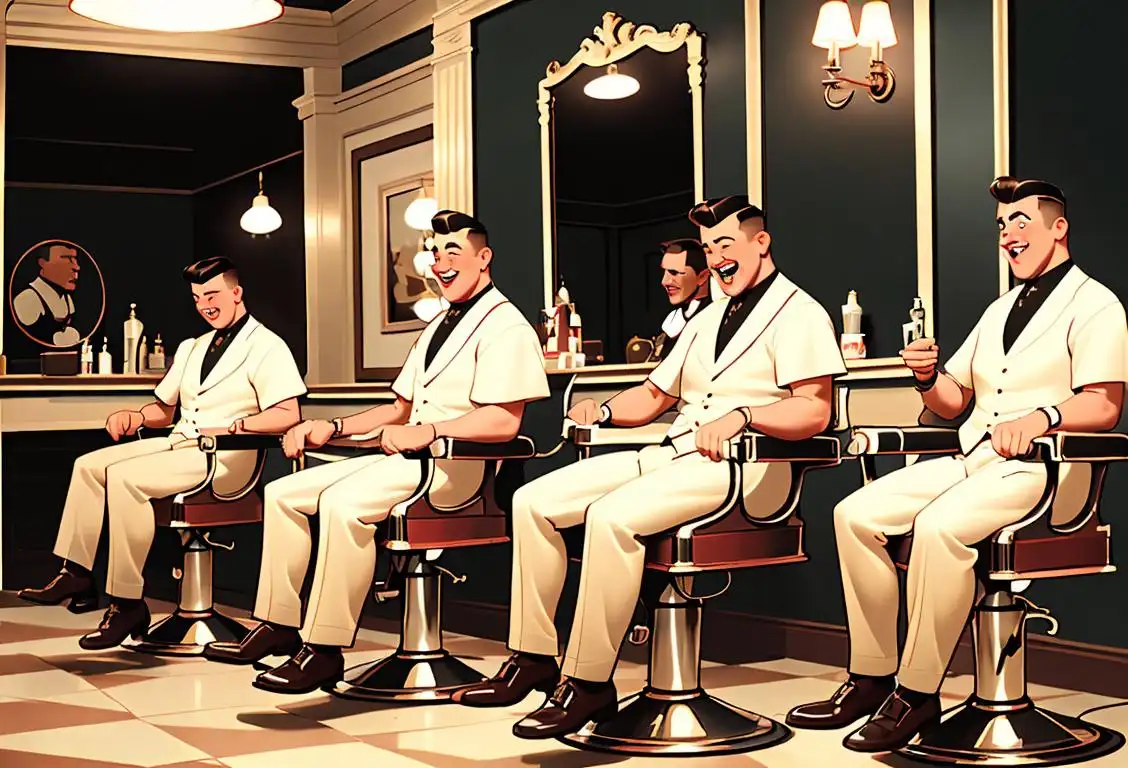National Chamber Music Day

Are you ready to get a little fancy? It's time to celebrate National Chamber Music Day! Grab your monocle and top hat, and let's dive into the elegant world of classical music.
When is Chamber Music Day?
It's national chamber music day on the 16th September.
What is National Chamber Music Day?
On this delightful day, we celebrate the harmonious beauty of chamber music. But what exactly is chamber music, you ask? Well, my friend, it's like the classy, sophisticated cousin of orchestral music. Chamber music is performed by a small group of talented musicians, typically consisting of one player per part. It originated in the cozy living rooms and grand salons of the past, where the intimate setting allowed for an up-close and personal musical experience.
Whether it's a nimble-fingered pianist, a skillful violinist, or a melodious flutist, chamber music brings together a mix of instruments to create a harmonious symphony of sound. Unlike the grandeur of a full orchestra, chamber music allows each instrument to shine individually, blending together in perfect harmony.
The Internet History of National Chamber Music Day
The origins of National Chamber Music Day can be traced back to the year 2006. A group of passionate music lovers came together and decided to dedicate a day to honor and promote the splendor of chamber music. Their mission was to bring this refined genre of music to the forefront and let its melodious tunes sweep across the nation.
Over the years, National Chamber Music Day has gained popularity and recognition. Musicians, music enthusiasts, and even curious newbies come together to indulge in the beauty of chamber music. Concerts and events are organized where talented musicians showcase their skills and transport the audience to a world of elegance and grace.
How to Celebrate National Chamber Music Day
Are you ready to embrace the sophistication of chamber music? Here are a few ideas to make this day extra special:
- Host a chamber music listening party with friends and family. Decorate your space with candles and dim the lights for the ultimate cozy atmosphere.
- Play a chamber music piece on your own instrument or sing along to your favorite chamber music composition.
- Support local musicians and attend a chamber music concert in your area.
- Create your own mini chamber music ensemble and perform for your loved ones. Who knows, you might discover a hidden talent?
Did You Know?
Did you know that chamber music groups often have whimsical names? From the Waffle Iron Quartet to the Swinging Cellos, chamber music ensembles love to add a touch of humor to their performances. It just goes to show that even the most refined art form can have a playful side!
History behind the term 'Chamber Music'
Late 18th century
The Birth of Chamber Music
Chamber music originated in the late 18th century as a genre of classical music performed in small, intimate settings such as palaces, manor houses, and private salons. This term refers to instrumental music composed specifically for a small ensemble of two to nine performers. It was during this time that composers and musicians started exploring the possibilities of music created for smaller groups, which allowed for more intricate and delicate performances.
Early 19th century
The Rise of the String Quartet
In the early 19th century, the string quartet emerged as one of the most popular forms of chamber music. Consisting of two violins, a viola, and a cello, the string quartet became the quintessential ensemble for chamber music composition. Composers like Haydn, Mozart, and Beethoven were instrumental in the development and proliferation of the string quartet as a significant form of artistic expression.
19th and early 20th centuries
Expanding the Repertoire
During the 19th and early 20th centuries, chamber music expanded its repertoire to include various instrument combinations and genres. Composers began experimenting with different ensembles, such as piano trios, quintets, and even larger chamber orchestras. The range of expressive possibilities within chamber music continued to grow, reflecting the evolution of musical styles and the influence of different cultures.
20th century to present
Diverse Innovation and Contemporary Chamber Music
As the 20th century progressed, chamber music witnessed a surge of diverse innovation. Composers like Igor Stravinsky, Béla Bartók, and Arnold Schoenberg pushed the boundaries of traditional tonality and introduced new techniques and ideas into the genre. Additionally, various cultural influences from jazz, folk, and world music found their way into the realm of chamber music, resulting in exciting fusions and adaptations. Contemporary chamber music continues to flourish today, with composers embracing a vast range of styles and influences to create captivating and groundbreaking works.
Did you know?
Did you know that chamber music groups often have whimsical names? From the Waffle Iron Quartet to the Swinging Cellos, chamber music ensembles love to add a touch of humor to their performances. It just goes to show that even the most refined art form can have a playful side!Tagged
awareness fun musicFirst identified
4th September 2015Most mentioned on
16th September 2017Total mentions
146Other days
Chamber Music Day
Adam Levine Day
Vince Staples Day
Album Day
Kazoo Day
Kehlani Day
College Radio Day
Hug A Drummer Day
Drummer Day
Barber Shop Quartet Day








